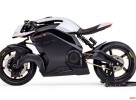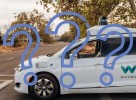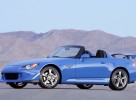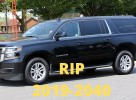Thanks to two of NASA's most powerful telescopes, astronomers have been able to learn more about the early history of the universe, according to SPACE.com.
By using the Hubble Space Telescope, NASA astronomers were able to capture 58 of the tiniest galaxies ever seen in the universe.
In a different study, observations made by the Spitzer Space Telescope allowed researchers to figure out the masses of four of the "brightest early galaxies" after Hubble located them, according to SPACE.com.
Next, astronomers might use NASA's James Webb Space Telescope to continue their research. Unfortunately, the $8.8 billion observatory won't be finished until 2018, according to officials.
"There's always been the concern that we've only found the brightest of the distant galaxies. The bright galaxies are only the tip of the iceberg," said study leader Brian Siana, of the University of California, Riverside, said in a statement, according to SPACE.com. "Now we have found those 'unseen' galaxies, and we're really confident that we're seeing the rest of the iceberg."
Most galaxies in the early universe are too far away to see, even with a telescope like Hubble.
In order to find the 60 new galaxies, Hubble had to use a magnifying glass made by an "alignment of galaxy cluster," Abell 1689, located between Earth and the new galaxies, according to SPACE.com.
This process is known as gravitational lensing, when a large cluster "distorts the space-time around it," thus magnifying the light from galaxies behind it. Without this process, a lot of galaxies would only look like points of light to Hubble.
"Though these galaxies are really faint, their increased numbers mean that they account for the majority of star formation during this epoch," lead author Anahita Alavi, also at the University of California, Riverside, said in the same statement.
Results were presented on Jan. 7 at the American Astronomical Society in Washington.
See Now: OnePlus 6: How Different Will It Be From OnePlus 5?






















